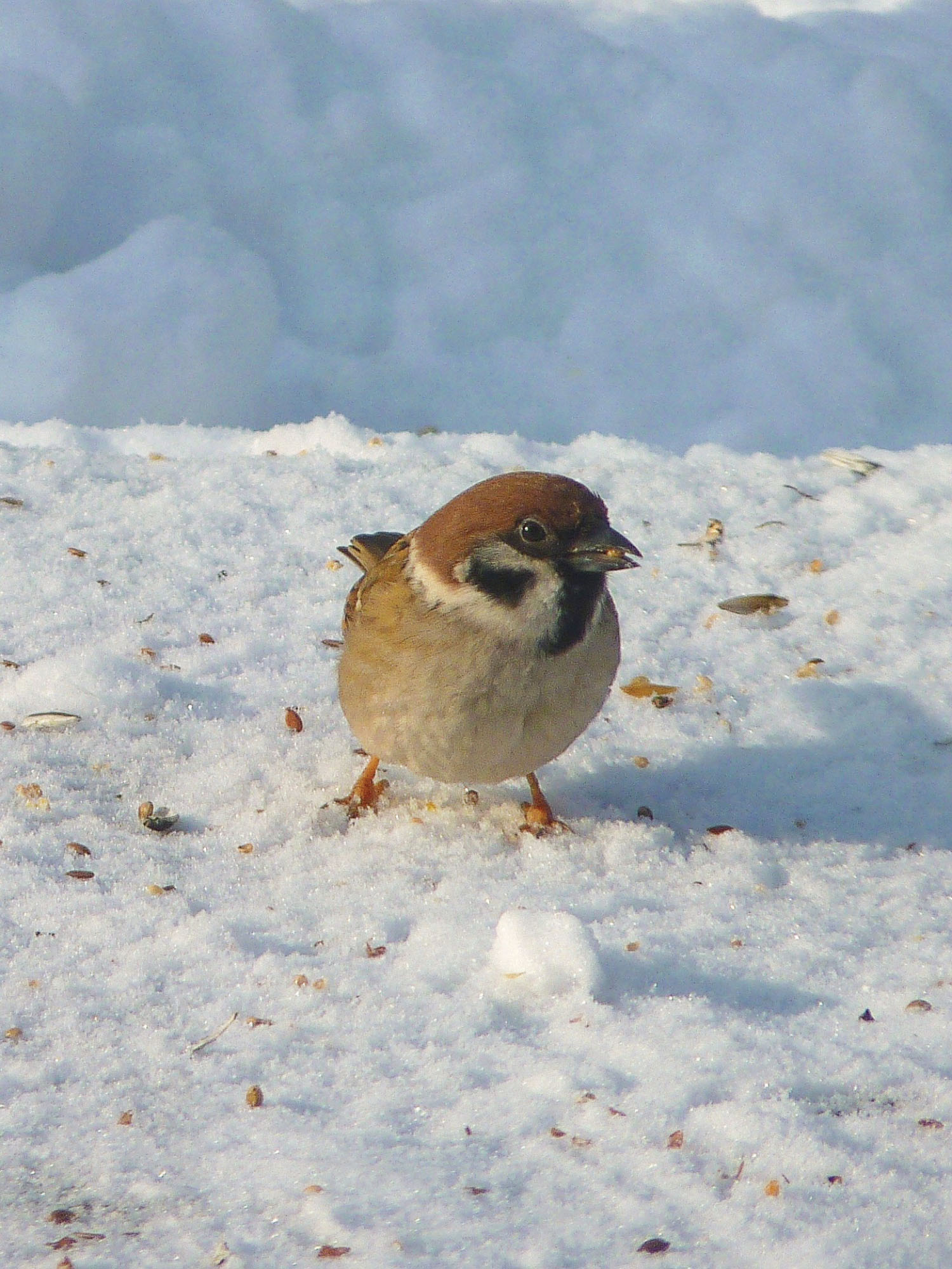
Farrier and horse trainer Jason Brickner of Tryon, pictured here with Markus, works with Icelandic horses, a fast, hardy, gentle, increasingly popular breed. Photos by Tim Robison.
Jason Brickner didn’t grow up around horses, and wasn’t enamored with the animal until he rode an Icelandic horse close to 15 years ago.
“They’re like little European sports cars,” he says of the famously robust, mild-mannered breed. “They’ve got five gears, they’re compact, and they’re fast as heck.”
During a stint in Michigan, he visited a cousin and rode for the first time. He was hooked. After some Icelandic citizens visited the farm to instruct a clinic, Brickner decided to go to the country to learn the trade. He studied with Siggi Torfi, a noted farrier, and returned to Iceland about 30 times to lead treks.
Now Brickner, who moved to Tryon from Vermont 14 months ago, lives at 32-acre GreenGait Farm on the Pacolet River, owned by Bill and Judith Kerns. He keeps busy training, shoeing, and selling his favorite breed.

Work begins at 5am, when he feeds the Icelandic and Paso Fino horses at GreenGait. Then he starts training. One after another, he works with the four-legged residents, changing the saddle when an assistant brings him the next animal. Brickner paused in his hectic schedule to answer a few horsey questions for Bold Life.
How important is hoof care to a horse?
It’s essential. No hoof, no horse. We are talking about 800 to 2,000 pounds of weight supported by the relatively small surface of the hooves. This small area has to handle a huge amount of impact
As a farrier, what’s your role in that care?
You need to recognize the correct angles the hoof should be trimmed. If your angles are off, it can cause joint issues, discomfort, cracking and breakage of the hoof wall, and over-stress on the tendons, which can lead to the horse breaking down before its time.
The Egyptians and Persians, who were well known for being great horsemen, made shoes out of woven grass. The development of steel and the art of blacksmithing is a key tool as to why the Romans were able to conquer the world and become a great empire.
Some people say it’s not natural to nail steel to the hoof of a horse. I say it’s not natural for a horse to carry a person or a cart. My horses are in training and [are ridden] five days a week. My job as a trainer is to build trust and confidence in the horse. If I get this animal out of the soft pasture and ride it on trails with rocks and the horse comes home bruised and sore, this animal is no longer going to feel trust in me.
In addition to trotting, cantering, etc., the Icelandic has a unique gait …
The tölt is [the breed’s] sought-after gait … it’s a four-beat gait with no moment of suspension, which makes it very smooth. This makes them a great trail or travel horse. The tölt can be varying speeds, and can reach up to 30-plus miles an hour. The Icelandic horse may be small, but they’re powerful and can be exhilarating.
How do Icelandic horses respond to our local climate?
It’s a hardy breed used to living in cold temperatures. They have a thick coat in the winter and can handle 20 degrees below zero without having to be blanketed. In the summer months, they shed out to a fine coat like other breeds, and we also give them body clips so they don’t overheat.
For those that are bred and born here, they seem to not grow such thick coats. For the horses imported from Iceland, it can be a bit of a shock and take some time to acclimate. Overall, if you show them consideration and keep them clipped, they’ll be fine. I know of lots of Icelandics in Florida, New Mexico, California and other warm climates, and they work well.
But in Iceland there are not many bugs, so some of the imports can develop “sweet itch,” an allergy to bug bites that can be quite miserable for the horse. Second-generation breeding builds a tolerance to the allergy.
Farrier Jason Brickner will show Icelandic horses and give demonstrations Saturday, May 7, at the 70th Annual Block House Steeplechase at the Foothills Equestrian and Nature Center (FENCE). www.blockhouseraces.com.


